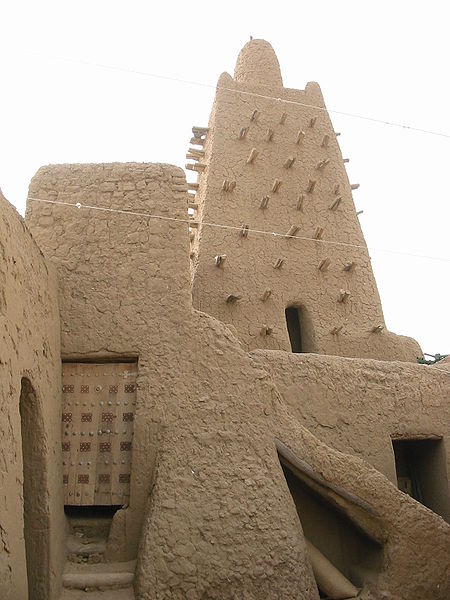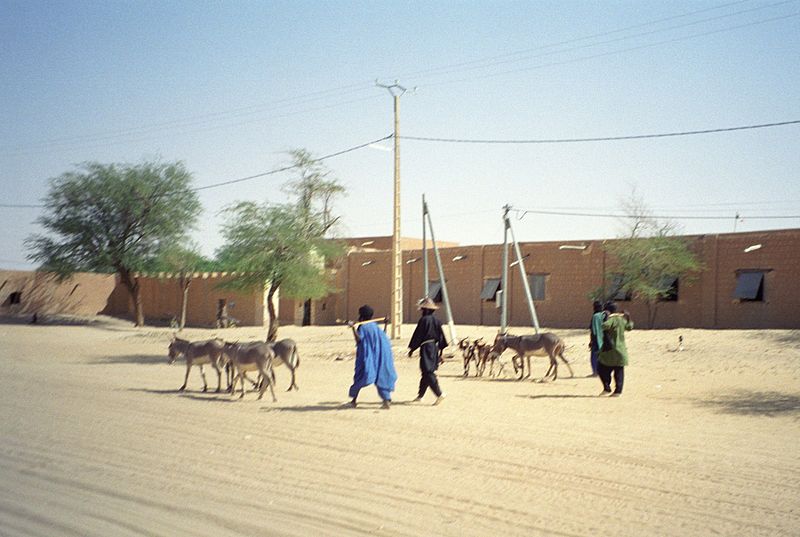African Renaissance and the Timbuktu Manuscripts
African and Arabian merchants were the first settlers in Timbuktu. The lucrative salt trade – salt was the “white gold” of ancient times – as well as the trading of gold and slaves quickly made the city into a rich centre of commerce.
Timbuktu becomes a Center of Islamic Scholarship

Timbuktu became also a famous centre of Islamic learning. When Ghana was raided by the King of Sosso, Islamic scholars there were forced to move to Timbuktu. A hundred years later, the city was home to three universities, many schools and a number of private libraries. In this centre of scholarship and literature, soon a vibrant copying industry and a modern kind of literary distribution developed. The famous Timbuktu manuscripts are a testimony to this early prospering of scholarship and culture, long before the Renaissance in Europe. Through the centuries, from medieval times until the 19th century, the booming economy made Timbuktu an attractive target to emperors who would conquer the city.
African Traditions against Islamic Scholalrship

One of the first successful conquerors was Mansa Musa, the Emperor of Mali. He engaged Egyptian architects to build the famous Friday Prayers Mosque. Another famous conqueror was Sonni Ali Ber, from present-day Nigeria, who called himself “Ahmed Baba, the black.” He raided Timbuktu in 1464. He wanted to re-establish African culture and religion in West Africa. As a result of his policies, the Islamic scholars fled back to Old Ghana. A hundred years later, however, they returned once again, to re-establish the academic tradition of Timbuktu. Under the Moroccan invasion of 1591, some of the Timbuktu Manuscripts were brought to Marrakech. Finally, in 1893, with the colonization of West Africa by France, Timbuktu was brought under the French rule. Again, part of the manuscripts vanished. Many of them can now be found in French museums and universities.



